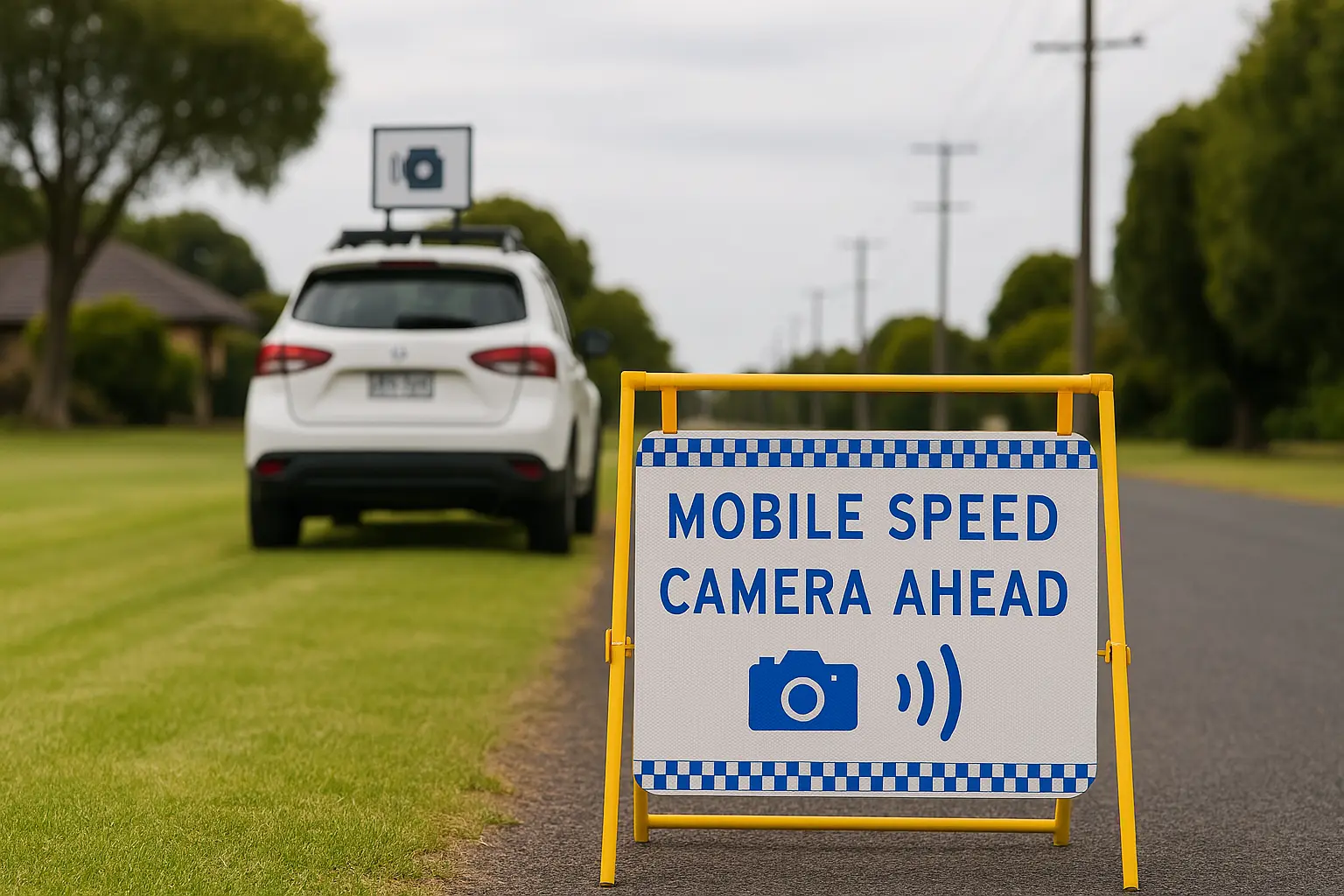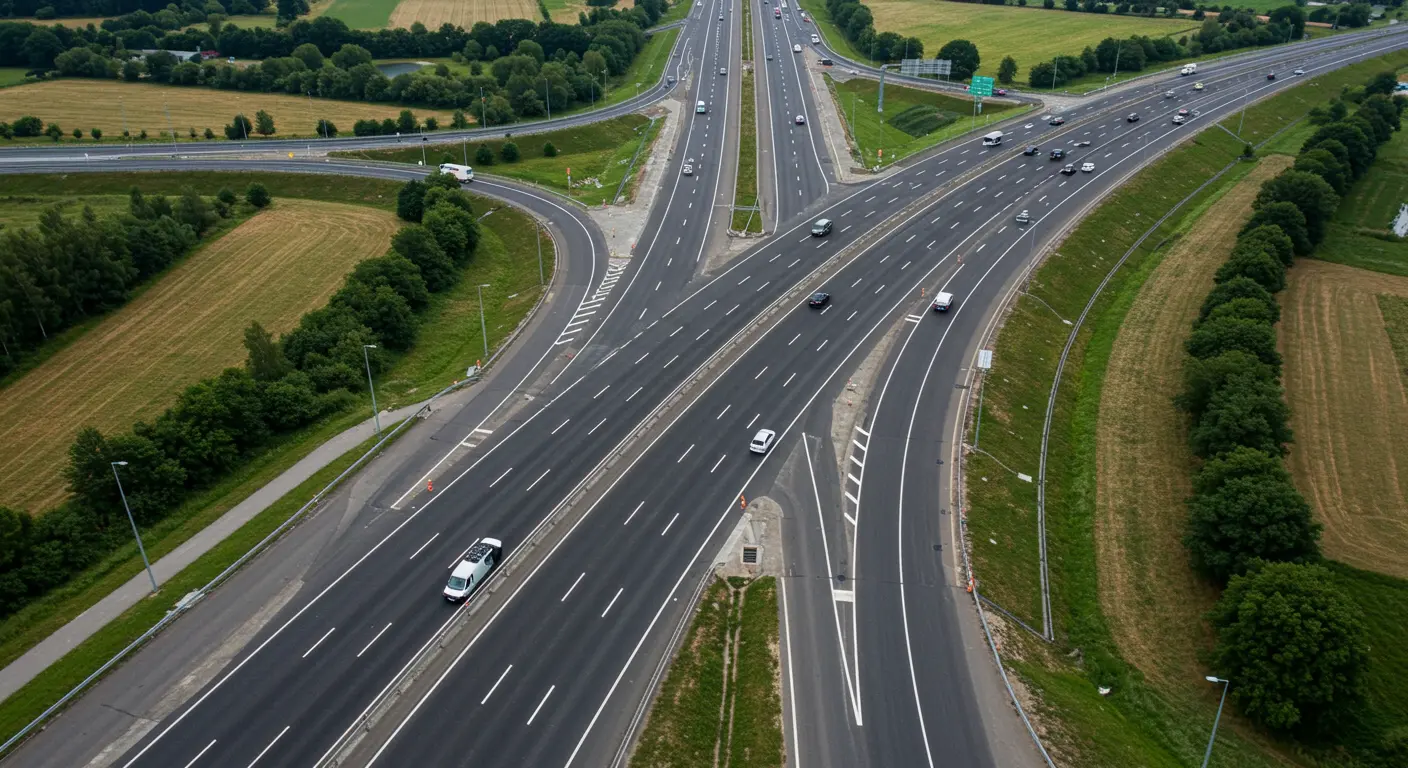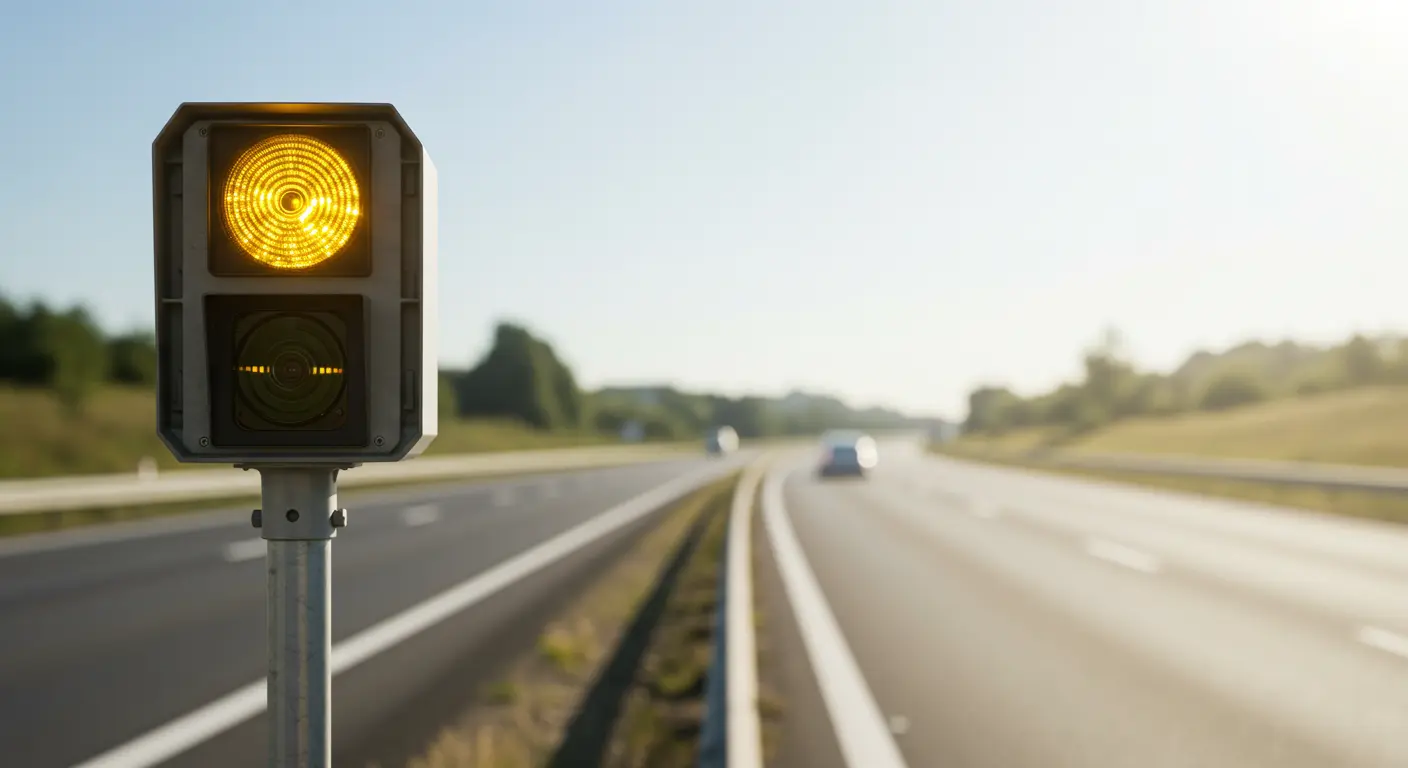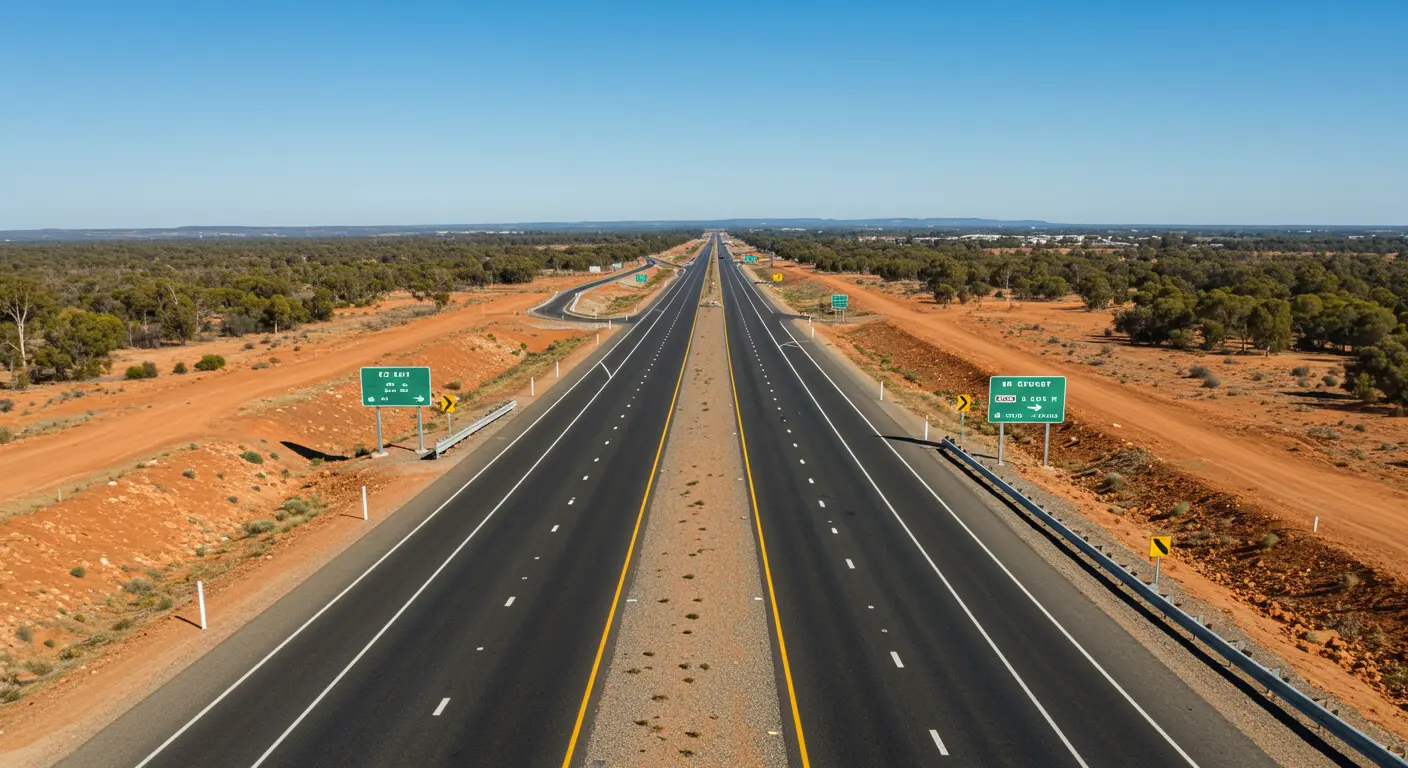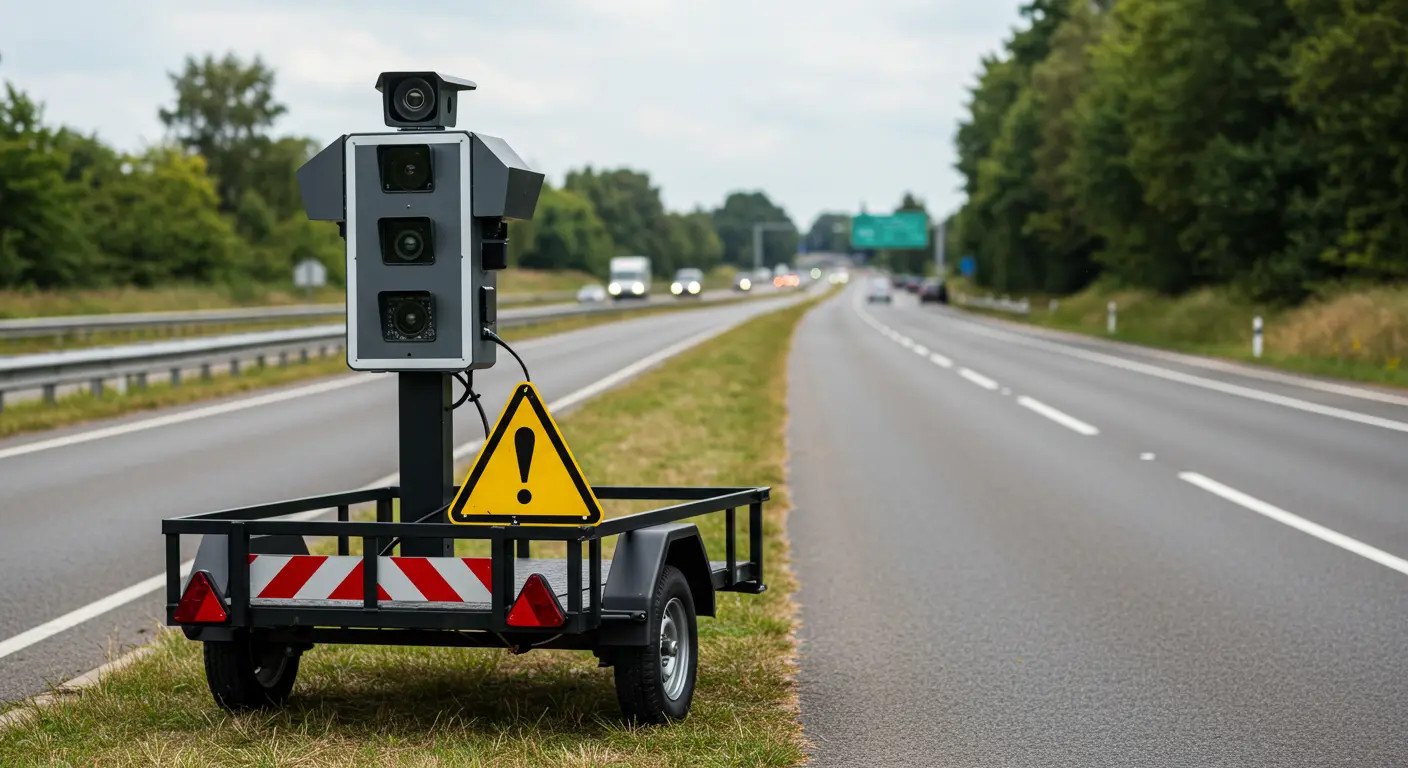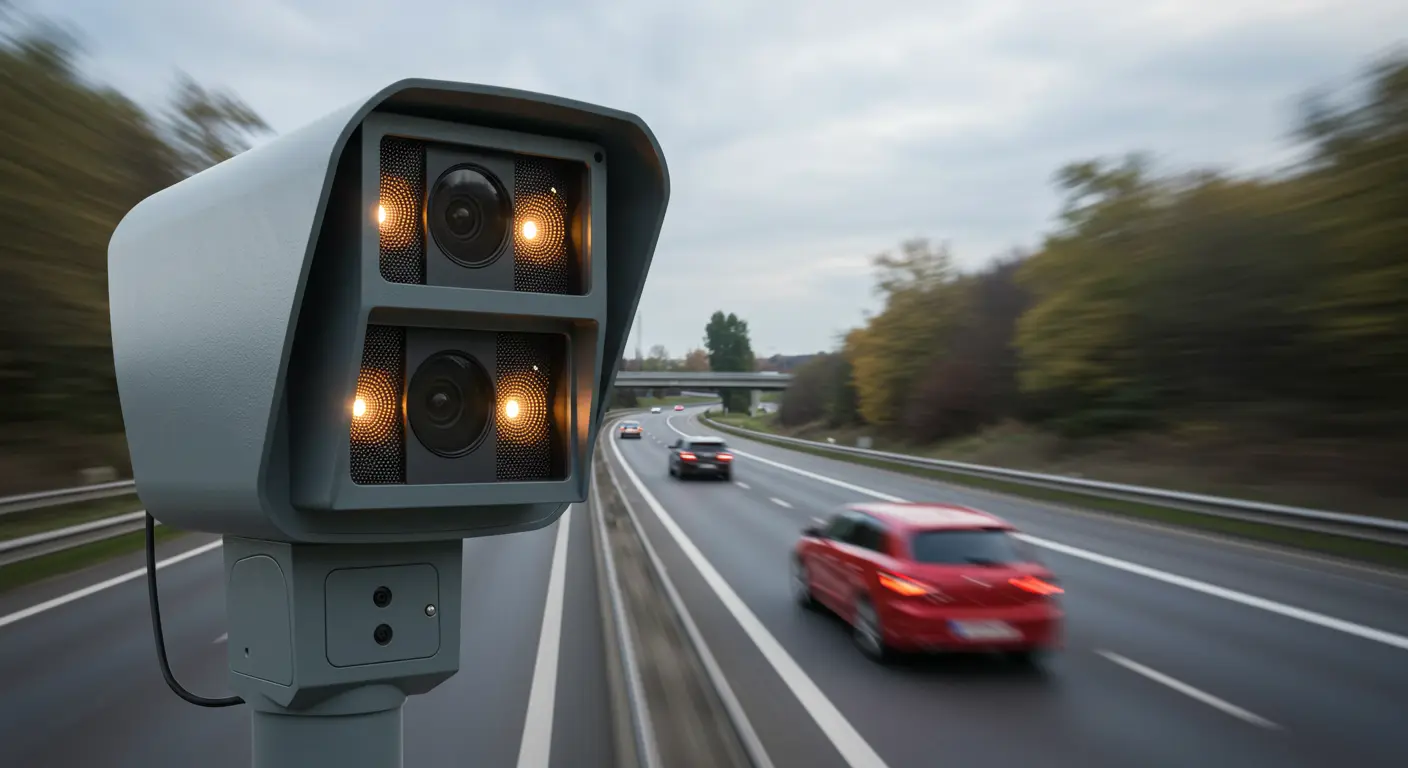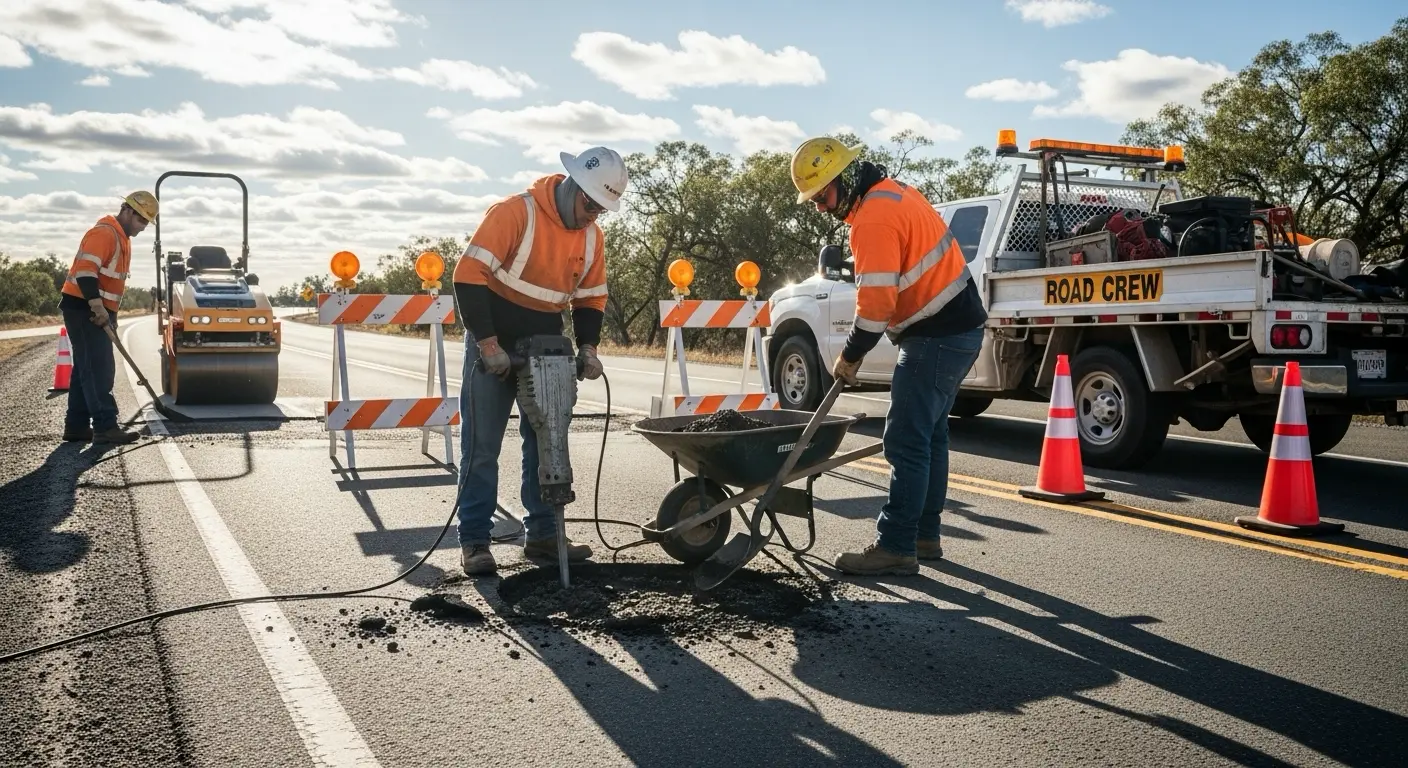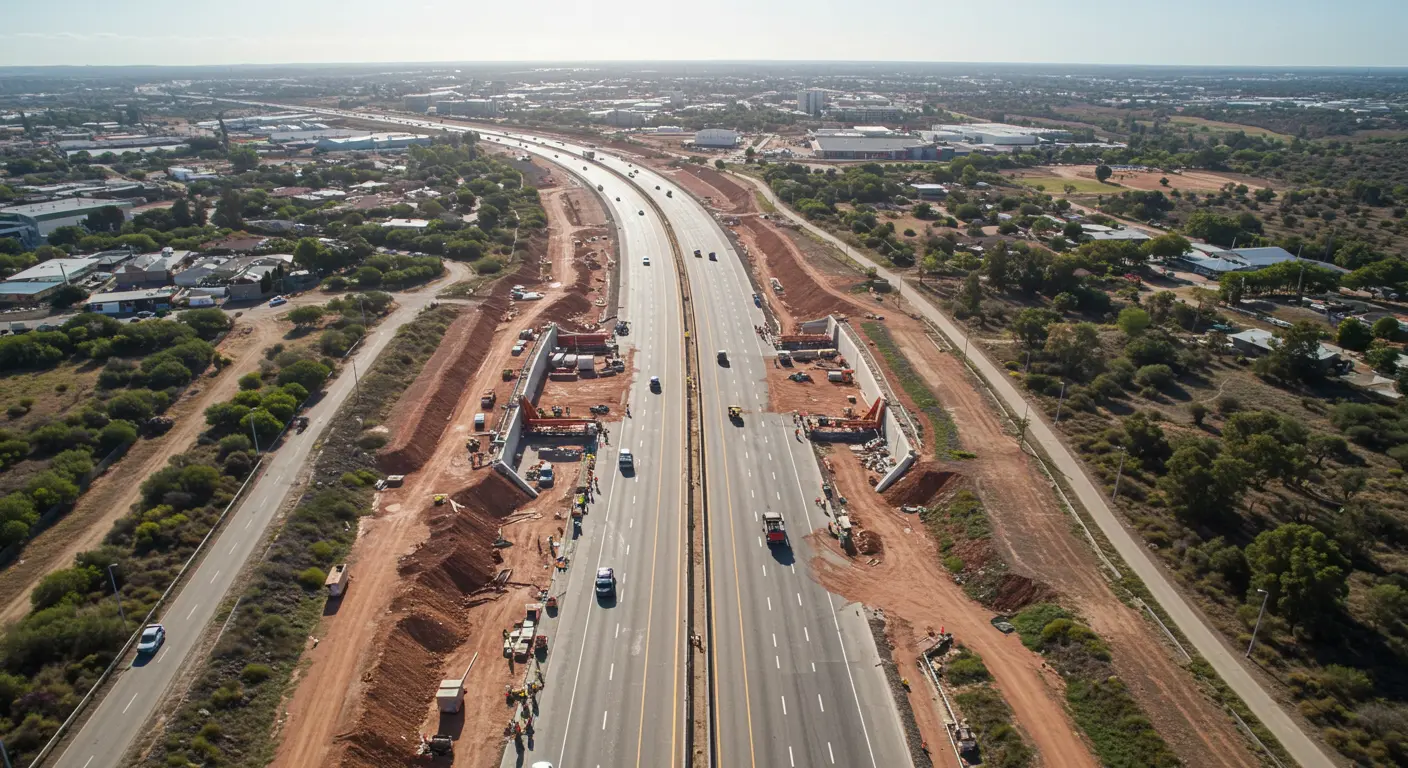In a major policy shift designed to improve safety and operational effectiveness, Queensland removed its roadside speed camera warning signs nearly a decade ago. The change, which took effect on July 1, 2015, eliminated the requirement for portable warning signs that previously accompanied mobile speed camera vans.
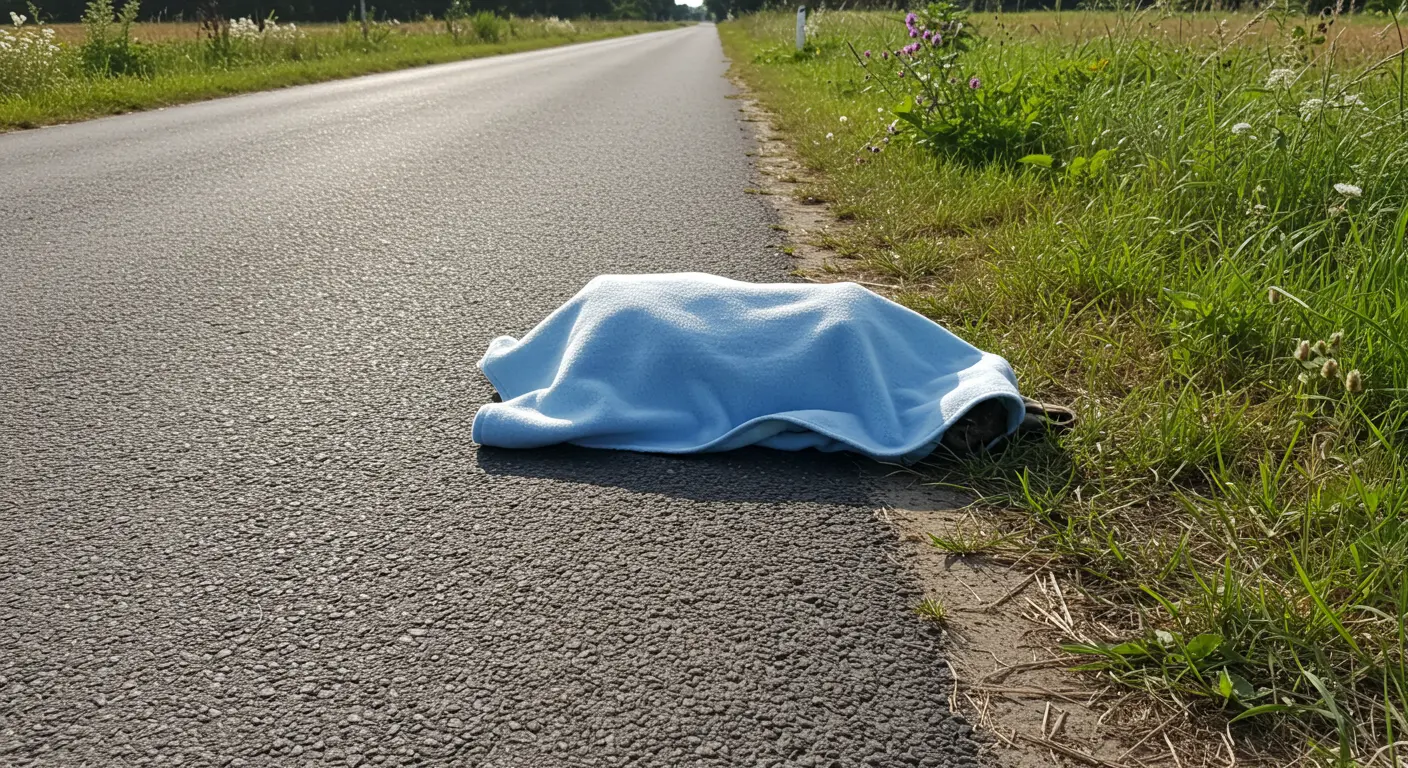
Why Were the Signs Removed?
According to Queensland Police, the signs had become a logistical burden and source of ongoing complaints. Inspector Allan Hales from the Road Policing Command explained that the physical signs were often too small to be effective and created more problems than they solved. In urban areas, signs placed on footpaths obstructed pedestrians, while those placed on roads consumed valuable parking space.
Rather than using these portable signs, Queensland Police updated the branding of their camera vehicles. Vans now display highly visible markings, including large placards featuring the "Join the Drive" campaign and clear "Road Policing Command" identifiers. The idea is to maintain visibility while removing the challenges posed by separate roadside signage.
What Replaced the Warning Signs?
The answer: enhanced vehicle placarding. These more visible decals are directly applied to mobile camera vehicles, helping drivers easily identify them from a distance. This system also applies to Queensland's 47 mobile camera units, including 12 covert vehicles that have never relied on external signage.
Police say the goal isn’t to increase fine revenue but rather to reduce lower-range speeding—one of the most frequent contributors to crashes. Even minor speed increases can greatly increase the severity and likelihood of collisions.
Financial Impact of Speeding Enforcement
Speed camera enforcement has long been part of Queensland's broader road safety strategy. Data from 2014 shows the extent of this:
| Year | Fines Issued | Hours of Operation | Fines per Hour |
|---|---|---|---|
| 2012 | 359,764 | 67,170 | 5.36 |
| 2013 | 436,080 | 92,303 | 4.72 |
| 2014 | 597,959 | 97,080 | 6.16 |
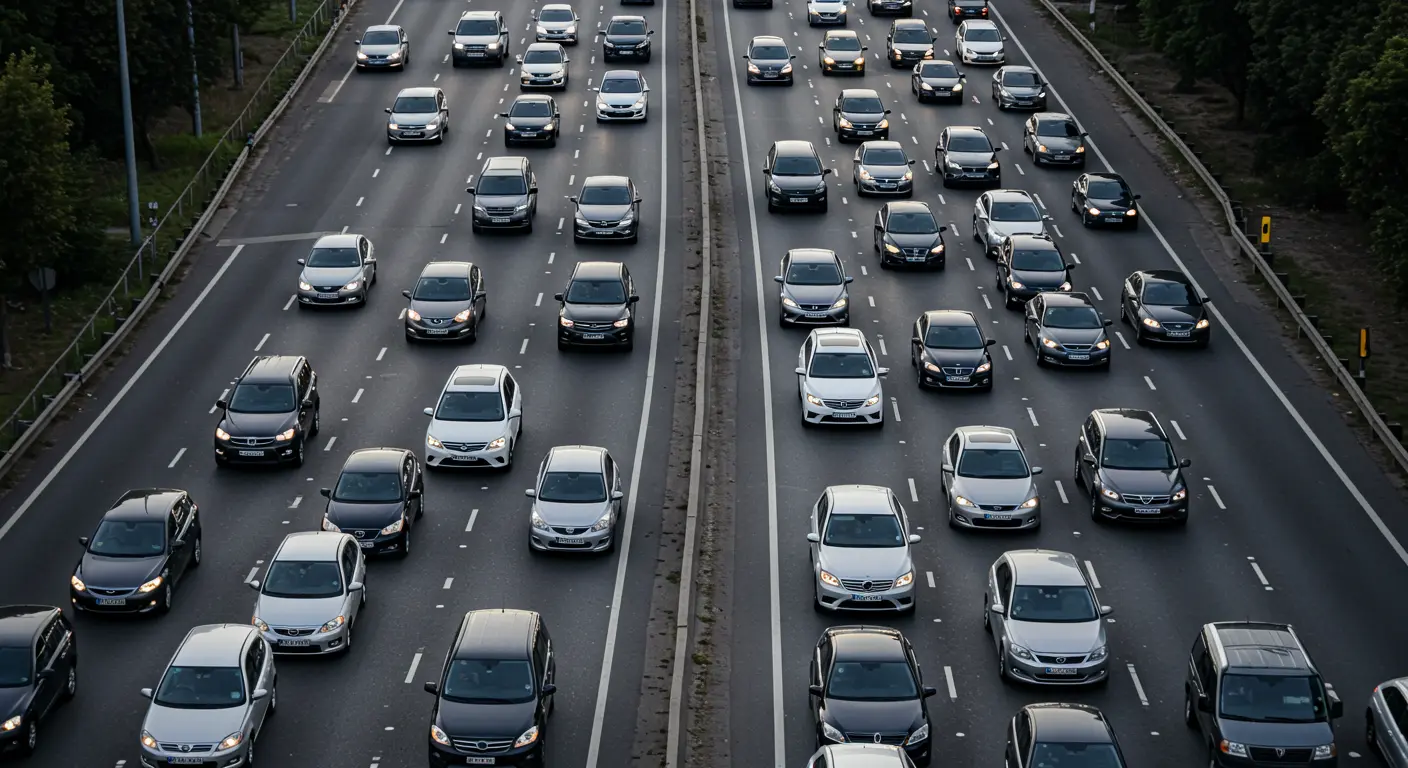
Fines for even minor offences increased alongside the signage changes. As of 2015, the minimum fine for speeding less than 13km/h over the limit was raised to $157.
Expert Support and Road Safety Goals
The Royal Automobile Club of Queensland (RACQ) supported the balanced approach, recognising that a mix of visible and covert enforcement is more effective in deterring risky driver behaviour. Queensland authorities have maintained that increased visibility through vehicle placards, combined with stronger fines and broader enforcement strategies, is a smarter way to reduce road trauma.
Police continue to target high-risk areas like school zones and major highways, especially during school holidays and peak travel times. The program remains a key part of Queensland’s efforts to drive down fatalities and serious injuries on the road.
Learn More
For ongoing updates and policies, visit the official Queensland Department of Transport and Main Roads.




